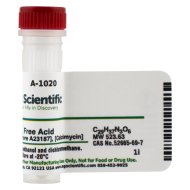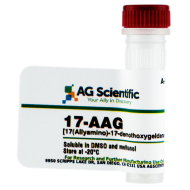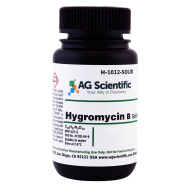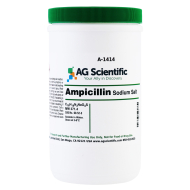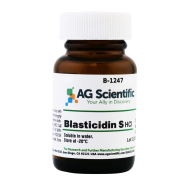There are two major categories of antibiotics: penicillin beta-lactam and non-penicillin beta-lactam products. Research authorities have identified five primary groups under the beta-lactam category of antibiotics, including penicillins, cephalosporins, penems, carbacephems, and monobactams. Avoiding cross-contamination between penicillin and non-penicillin products remains a top concern for drug manufacturers despite the modern day success of antibiotics.
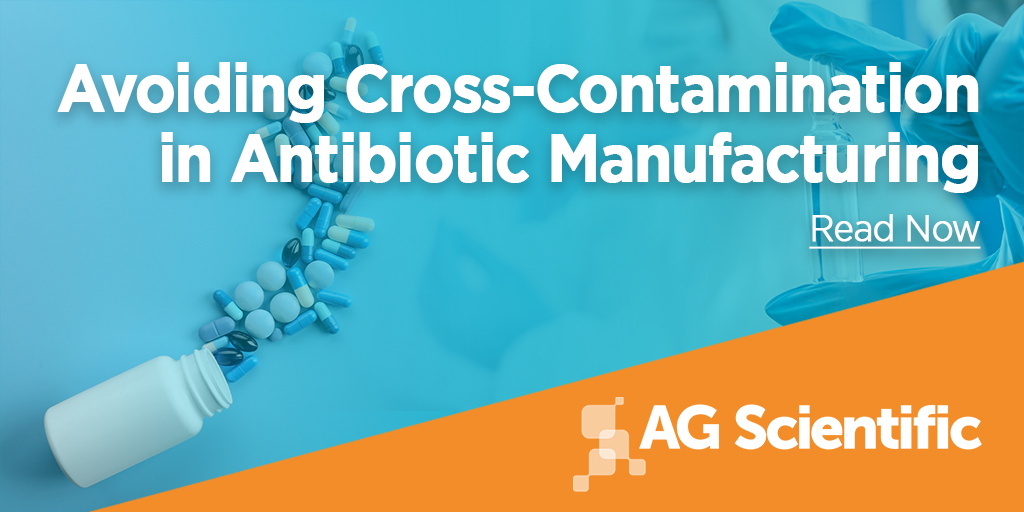
Penicillin is an umbrella term for antibiotics derived from the fungal Penicillium molds. Since its accidental discovery in 1928, penicillin has been used across various industries and is currently the most popular antibiotic in the world. Penicillin’s potent antimicrobial properties are resultant from its three-carbon, one-nitrogen cyclic amine beta-lactam molecular structure. Commonly prescribed penicillin includes amoxicillin, used in treating a broad spectrum of bacterial infections, and ciprofloxacin, used in treating abdominal, bone, and joint infections.
The Risks of Cross-Contamination
The interaction between penicillin and non-penicillin beta-lactam antibiotics or other contaminants can cause hypersensitivity reactions in some people (an estimated 10% of the population). Adverse effects may range from mild rashes to life-threatening episodes of anaphylaxis. Therefore, researchers and manufacturers have established a series of separation protocols to ensure there are necessary precautions in avoiding cross-contamination risks.The Food and Drug Administration (FDA) set up the Current Good Manufacturing Practice (cGMP) as an industrial guideline that drives manufacture-separation protocols. Under the regulation, manufacturers need to ensure that non-penicillin drugs do not contain detectable traces of penicillin compounds. The cGMP helps manufacturers maintain the highest safety standards, recalling products that pose health hazards to consumers.
Manufacture-Separation Protocols
Contamination may occur via various channels and the slightest exposure. Manufacturers need to separate multiple manufacturing components between non-penicillin and penicillin beta-lactam production to ensure they are properly avoiding cross-contamination. Therefore, manufacturers should separate key components in drug production, including staff, air handling units, lab equipment, utility systems, HVAC, and buildings. As an additional measure, manufacturers should keep a distance between production facilities at risk of cross-contamination.It is integral for manufacturers to monitor the active pharmaceutical ingredients (APIs) involved in antibiotic production and finished products, which might cause cross-reactivity under certain conditions. Manufacturers dealing with the routine production of penicillin and non-penicillin beta-lactam products require vigorous control plans to minimize the dangers of cross-contamination.
Process Control
Manufacturers may consider adopting closed systems that monitor every component involved in the production process. Some measures include a strict cleaning validation system and the practice of processing one material at any time. Manufacturers should also maintain optimized cleaning standards for filling containers before use, and antibiotic products and equipment should not come in direct contact with the bare hands of facility workers. An optimized cleaning validation system should include proper documentation of safety protocols and procedures involving decontamination, cleaning, and equipment disinfection. External labs usually authenticate cleaning validation structures to provide a more thorough assessment of cross-contamination risks.Staff Procedures
Staff involved in environments at risk of cross-contamination should undergo strict safety procedures and SOPs that include PPE (personal protective equipment), routine washing, de-gowning techniques, and minimizing body contact with products. It is vital to use only PPE specialized for handling beta-lactam products and similar items derived from live organisms. Manufacturers may conduct routine checks on particle count and other insightful metrics to ensure that the facility is safely avoiding cross-contamination.Processed Air Unit Considerations
Cross-contamination may occur via airborne transfers during packing phases in drug manufacturing. Manufacturers should maintain the highest standards of compressed air quality with regular quality checks. Every packing equipment should feature appropriate filtering standards that minimize/eliminate the risks of cross-contamination. Additionally, packing technicians should keep cleaning logs for quick reference to achieve more effective maintenance procedures.Useful Components in Antibiotic Production
Antibiotic development and production involve various components that continue to serve significant academic applications and scientific research.Beta-lactamase
Beta-lactamase is an enzyme produced by bacteria, commonly applied in sterilizing blood samples by removing antibiotics. Sterilization occurs by breaking down beta-lactam antibiotic structures via hydrolysis, which eliminates antimicrobial properties. The process reduces the probability of false-negative readings to acquire accurate results. Drug manufacturers may include beta-lactamase in large-scale quality checks and sterilization of antibiotic samples and the environmental monitoring of packaging and production areas.Extended Spectrum Beta-Lactamase (ESBL)
Extended Spectrum Beta-Lactamases have the capabilities of hydrolyzing third-generation cephalosporins and aztreonam, which are resistant to standard beta-lactamase reactions. Researchers have studied ESBLs as growing evidence of gram-negative bacteria developing new antibiotic resistance mechanisms.Antibiotics
Researchers and scientists apply a variety of antibiotics in the study and treatment of bacterial infections. There are various types of antibiotics available in the market, each with a specific set of purposes, spanning pharmaceuticals, healthcare, and biological research. Common examples include 17-AAG (Tanespimycin), applied as an anti-tumor agent, and A23187 (calcimycin), known for antibiotic reactions against gram-positive bacteria and fungal infections.AG Scientific is a trusted supplier of quality scientific products for academic and research projects, including over 250 antibiotic compounds. Our products undergo the most rigorous quality checks to provide you with the safest and most effective results. Visit our online inventory to learn how we can become Your Ally in Discovery!
Additional Reading
- Sources of DNA & RNA Contamination in the Laboratory
- Tips for Selecting Biological Detergents
- Single-Use Biosensors for the Detection of Biomarkers
